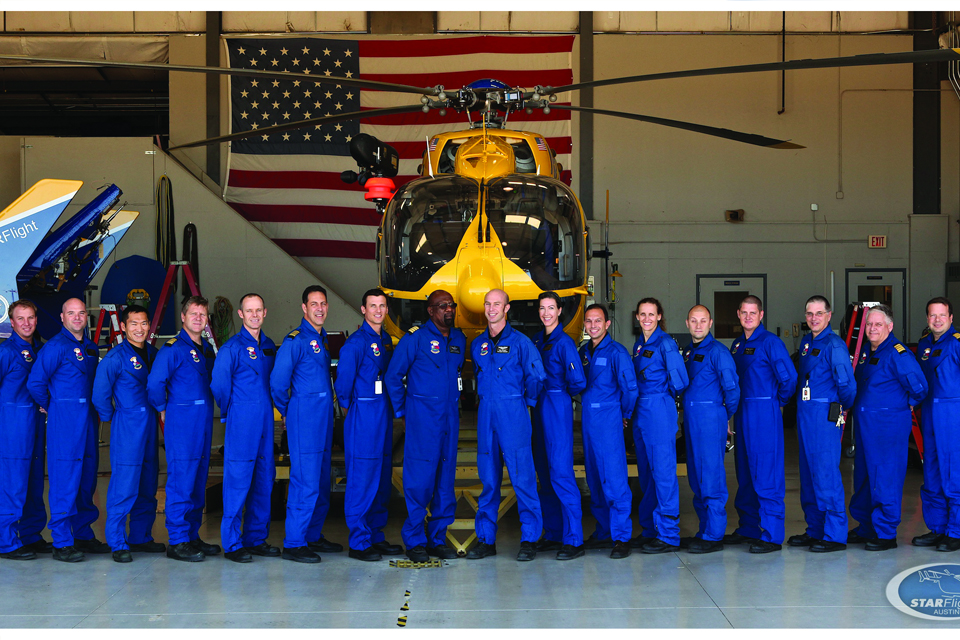Requirements for STAR Flight Paramedic or Nurse

The eligibility requirements to be a STAR Flight Paramedic or Nurse are difficult to summarize. Even though they are spelled out on our website, it has more to do with aptitude and experience than it does with standards that can be easily quantified. The basic hiring requirements include physical fitness standards as well as essential medical certifications (Registered Nurse or Paramedic). They also include a minimum of job experience. For Paramedics, 5 years of EMS experience is required. For Nurses, 3 years of critical care experience (ER, ICU, CCU, etc) is required. The physical fitness requirements are the easiest to quantify, and they are the same for the initial hire as they are for the annual recurrence of every medical employee:
1) Swim 300 meters in 8 mins or less
2) Run 1.5 miles in 13 mins or less
Or
Carry a 45lb pack 3miles in 45 mins or less
3) Must weigh less than 212lbs, and
4) be able to pass a physical agility test.
If it seems very basic, it does no stop there. Once these requirements are met, and if you are hired “…you will undertake a challenging orientation program that will consist of intense physical conditioning, rescue skills education and clinical skills development. This will be followed by assignment to experienced training officers who will provide constant, constructive feedback as you learn about aircraft operations and safety, rescue operations, EMS system functions, policies, and hone your patient management skills in non-traditional, high hazard environments.”
This additional training takes place over several months and includes rescue swimmer training, swift water rescue training, high angle rescue training, helicopter operations, helicopter rescue training in day, night, land and water environments, as well as a host of critical care certifications not generally held by most Paramedics or Nurses.
All of the medical staff at STAR Flight exceed the basic physical requirements to such a degree that there is often discussion of raising them, for instance to match the requirements of Coast Guard rescue swimmers, with whom we have trained in the past. However, in the words of Program Director Casey Ping, “That would be appropriate if we were swimming in 30 foot waves for rescues at Lake Travis. We need personnel who can swim a rescue here out at the lake, or during a flood, and then switch to caring for a critical heart patient at the advanced life support level, to then provide treatment for a seizing infant consistent with the most advanced pediatric life support protocols, and then strap a bucket onto the bottom of the aircraft to fight fires, possibly all in the same shift.”
The reality of the mission profile is that 90% or so of our calls is going to involve some type of medical care – from motor vehicle crashes to premature births – and the remaining 10% is going to be some type of “public mission,” which could be a water rescue, a land rescue, a fire, or a search for a bank robber. Maintaining the training and proficiency for this broad spectrum of emergencies means that if you make requirements too high in any one area, you are likely to reduce proficiency in another.
Most of the Nurses and Paramedics who are hired exceed the basic clinical experience requirements also, and many also have a background in some type of rescue, or were competitive swimmers, or are outdoor enthusiasts. Some are combat veterans, others have worked as firefighters, park rangers, or mountain guides. It would be difficult to walk into our work environment without already being comfortable functioning in several – if not all – of the various environments we find ourselves in.






